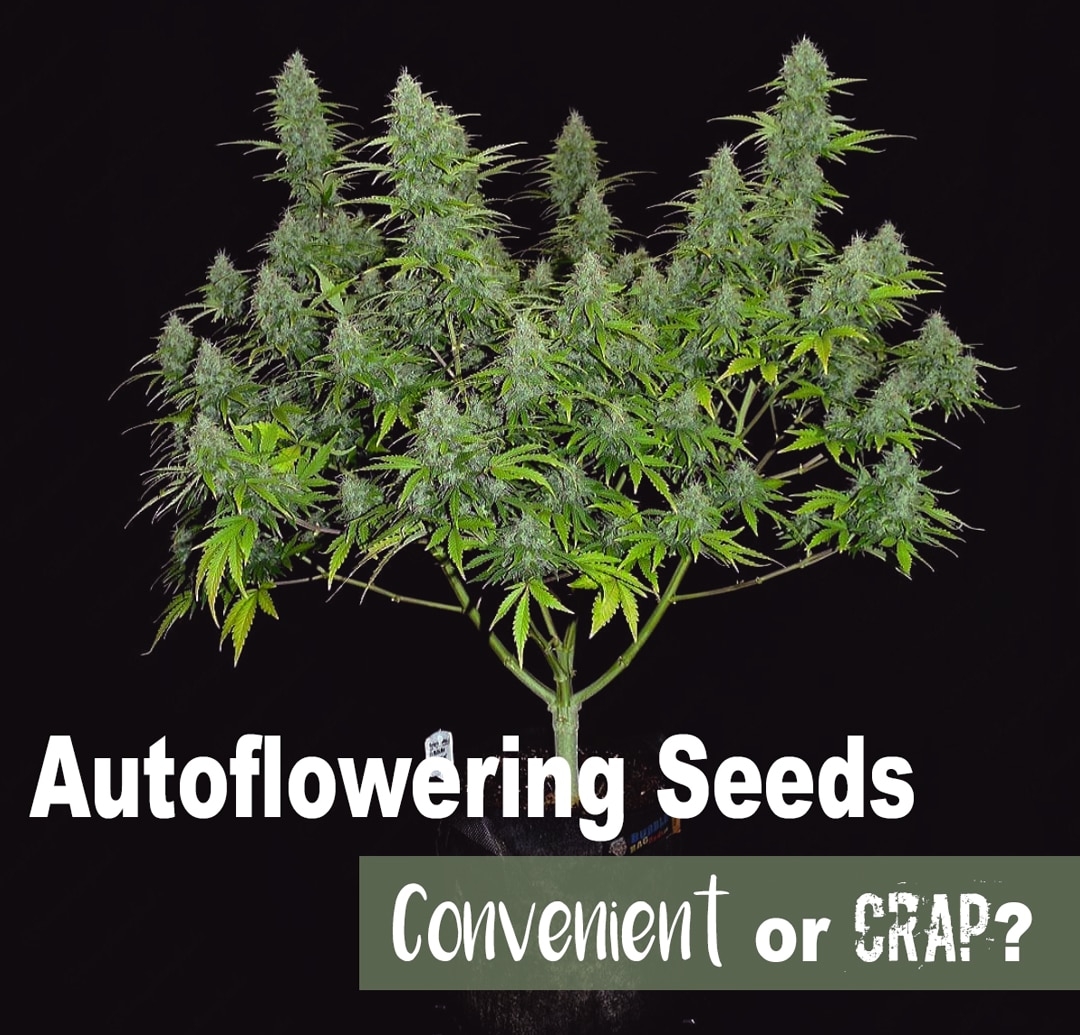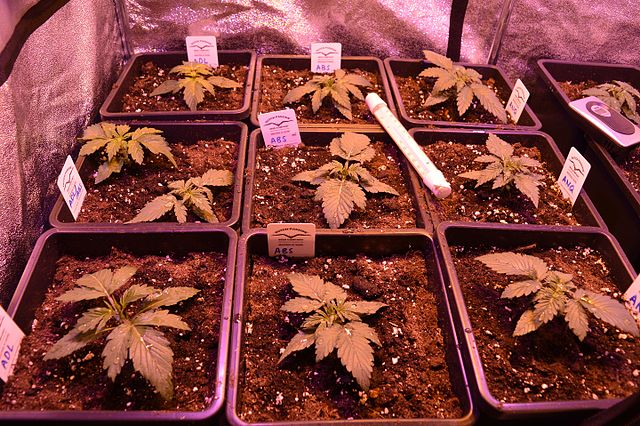
Whether you need a quick turnaround or just want plants that take up as little space as possible, autoflowering seeds may be the choice for you.
Autoflowering seeds are vastly different from feminized seeds and traditional cannabis seeds. Instead of a simple hermaphrodite to female breeding process to create feminized seeds, or male to female breeding for traditional cannabis seeds, autoflowering seeds are created from a different breeding process.
Autoflowering seeds and cannabis ruderalis
Cannabis ruderalis isn’t like traditional Afghanicas (indica) or Thai-based strains (sativa). Ruderalis grew most prevalent in the northern hemispheres, like central and eastern Europe, as well as Russia. Growing more north, the light cycle is much shorter. Over time, ruderalis adapted to enter its flower cycle with age, as opposed to light.
Whereas traditional cannabis follows photosynthesis and the light cycle to determine when to start flowering, ruderalis does not depend on it so heavily. This gives ruderalis a unique advantage over its counterparts when it comes to growth cycles. Obviously this gave breeders some ideas.
A cross of cannabis ruderalis with traditional cannabis sativas and indicas resulted in shorter, more compact plants, that flowered twice as fast as traditional seeds.

A new kind of cannabis
As autoflowering seeds started to grow in popularity, more people started to recognize just how useful the new breed could be. The ruderalis traits are extremely prevalent, shown by autoflowering plants’ compact size. Add to that the biggest benefit, the shortened growth cycle, and lack of dependency on light.
While normal cannabis must be switched from a 16/8 light to dark cycle from a 12/12 to induce the flower stages, autoflowering seeds don’t need to be switched. They can stay in the 16/8 cycle, or the 12/12 cycle without it affecting the plant’s ability to flower. This means outdoor growers can grow later in the season, and fit in more harvests.
But not all of the ruderalis traits are positive. Ruderalis is easily the most “weedy” looking relative in the cannabis family. Due to its wild nature and lack of full-scale cultivation like it’s cousins, ruderalis has a much lower THC content than indica or sativa, which can result in autoflowering seeds producing less potent flowers.
Additionally, with the convenient, compact size of autoflower plants comes lower yields. So while autoflowering seeds may flower in half the time, they don’t produce the same yields, and what they do produce will almost always be weaker in terms of THC content compared to it’s traditional or feminized counterpart.
Not a sure thing
When it comes to autoflowering seeds, it is important to note that just because the seeds are guaranteed to “flower”, doesn’t mean they are female. A lot of seed companies will sell “autofem” seeds, which are feminized, autoflowering seeds. However, your average autoflower seeds may contain some males, which is why it is important to know your seed genetics!
This can cause some problems in the garden if you don’t know they’re male until they start producing pollen next your females. So, similarly to traditional cannabis seeds, make sure to keep a close eye on plants that start to show signs of being male. Luckily, with autoflowering plants, the plants will reveal their sex much more quickly than traditional seeds due to their shortened growth cycle.
Learn more about seeds from one of the most well-known breeders and seed experts in the world, Caleb, founder of CSI Humboldt and the Pirate of the Emerald Triangle. Hear him talk about breeding elite strains, feminized seeds and more on The Real Dirt Podcast! Listen to the full episode right here on the Real Dirt, or stream it on iTunes and Spotify!







I don’t think I have met anyone who knows this subject as much as you know. You have described everything in a manner which is easily understandable to everyone. Thanks for share it. autoflowering seeds